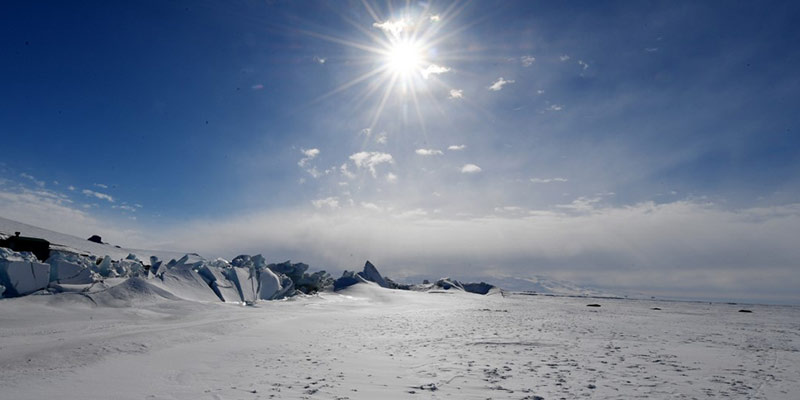- World
- Apr 02
Antarctica records first ever heatwave
Even the world’s coldest continent is not immune to rising global temperatures, with scientists recording the first ever heatwave event in Antarctica over the 2019-20 summer period.
Researchers from the Australian Antarctic Program revealed that they had recorded temperatures as high as 9.2 degrees Celsius at Casey station in the continent east earlier this year.
“Heatwaves are classified as three consecutive days with both extreme maximum and minimum temperatures,” University of Wollongong biologist Sharon Robinson explained.
Between January 23 and 26, the station recorded minimum temperatures above zero degrees Celsius and a maximum temperature of 9.2 degrees Celsius. “In the 31 year record for Casey, this maximum is 6.9 degrees Celsius higher than the mean maximum temperature for the station, while the minimum is 0.2 degrees Celsius higher,” Robinson said.
How will it affect the ecosystem?
The warm summer would most likely lead to long-term disruption to local populations, communities, and the broader ecosystem. This disruption could be both positive and negative.
Most life exists in small ice-free oases in Antarctica and largely depends on melting snow and ice for their water supply.
Melt water flooding can provide additional water to these desert ecosystems, leading to increased growth and reproduction of mosses, lichens, microbes and invertebrates.
However excessive flooding can dislodge plants and alter the composition of communities of invertebrates and microbial mats. If the ice melts completely, early in the season, then ecosystems will suffer drought for the rest of the season.
Higher temperatures could also cause heat stress in some organisms, Australian Antarctic Division applied Antarctic ecologist, Dana Bergstrom said.
It is believed that the unusual temperatures were linked to meteorological patterns which occurred in the Southern Hemisphere during the spring and summer of 2019.
These patterns were influenced in part by the early breakup of the ozone hole in late 2019, due to rapid warming in the stratosphere, according to Australian Antarctic Division atmospheric scientist Andrew Klekociuk.
Klekociuk said that global cooperative efforts being undertaken to repair and eventually close the hole in the ozone layer would help reduce regional shifts in the climate system.
The exact biological impacts of the heatwave should be revealed in coming years, as scientists continue to monitor local communities.
Manorama Yearbook app is now available on Google Play Store and iOS App Store

